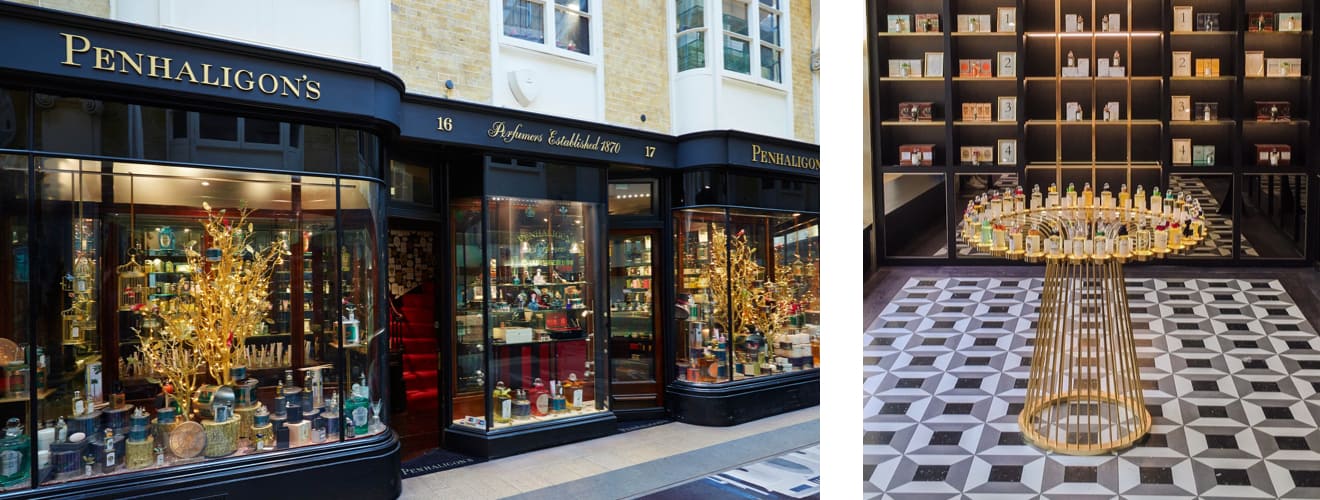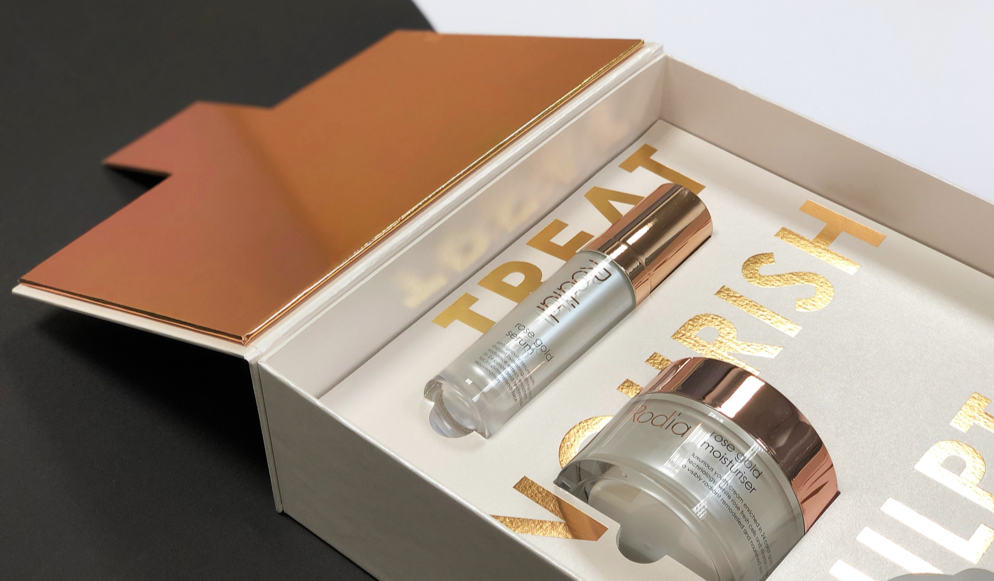Using scent to entice new business is not a new concept. We all know that old trick of baking a loaf of bread to sell your house… and no matter how healthy I’m trying to be, the smell of a fresh bacon sandwich will always end in crumbs!
Branding and marketing gurus have been preaching about the benefits of using different scents to advertise products for longer than I’ve had a sense of smell!
Whilst sight and sound are much more regularly used in design, here at PAGE we never rule out the benefits that smell can bring to the table. So why can scent become vital to the success of your products marketing? Here’s why, along with some great examples of where brands have used scent in their campaigns.

The science and psychology of scent
Now, I’m only a mere designer / head studio tea boy… no scientist, so I’m not going to get all science-y on you. If you want to know more I’d recommend checking out this TED-Ed video which explains it all far better than I ever could.
But, from a design perspective, the most interesting thing about scent is that it heads straight to the important areas of your brain, unlike your other senses. Creating quick responses and strong gut reactions – marketeers gold.
These responses are usually emotional. We relate smells to memories and feelings. For example, unlike the smell of my freshly cooked bacon sandwich, the smell of chorizo conjures up terrible memories (don’t ask).
These associations are where scent becomes incredibly powerful in design and branding.
So, what is scent marketing?
It is essentially the idea of utilising scent to create a positive, recognisable feeling which encourages brand loyalty and (hopefully) sales. You can then use this smell to remind customers of the past great experiences they have had with your brand / product.
You only have to walk down the high street to be bombarded by brands utilising scent – from perfume to sausage rolls, it’s all there and without you realising it can draw you in. Brands such as Nike discovered that purchase intent rose by 80% when they introduced scent into stores.
Here are some great industry examples:

Penhaligons
Perfumers tactics often include scented magazine pages and spraying scent onto their tissue paper when packing up your order. Penhaligons go a step further… pumping their scent through air-conditioning and tubes outside their stores, enveloping the shop and the street in their distinctive smell, waiting to invite you in.

Lush
Lush is like Marmite – some people love the smell, other people hate it, but everybody knows about it. You instantly know when you’re near a Lush because you can smell it before you see it and it permeates every item on your being once bought, the perfect way to spread that scent to fellow shoppers and generate more business!

Starbucks
Starbucks keep a strong aroma of fresh, hearty coffee in the air to tempt customers both inside and outside of their shop to treat themselves, feeding into the customers previous experiences to draw them in and keep them coming back time after time!

Mr Kipling
In 2012 Mr Kipling released unique scented bus shelter billboards that made it possible to smell your cake and eat it, too. The bus stops pumped out the scent of freshly baked angel slices whilst nearby reps distributed free samples, creating customers for life…

Crime Stoppers
The increase in cannabis farms prompted Crime Stoppers to run a scent based campaign which encouraged users to report cannabis farms. The print adverts included a scratch and sniff patch which replicated the smell of cannabis helping people identify and report any findings to Crime Stoppers.
Giving Your Brand a Sense of Smell
If you want to find out how you could start to incorporate scent into your product marketing and brand design, get in touch with the team at PAGE. We’ll be more than happy to help.




